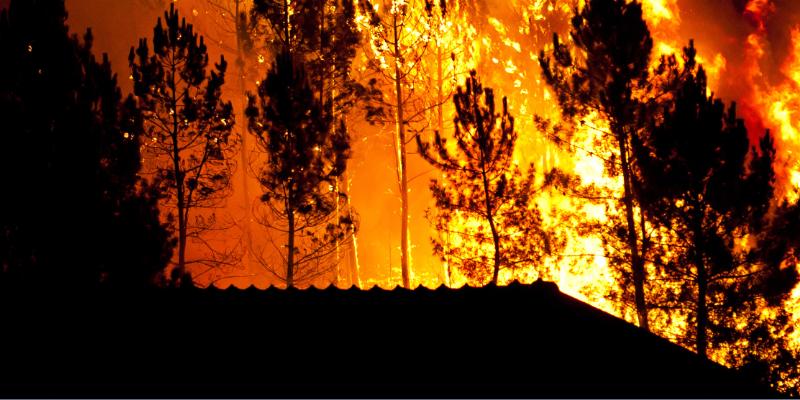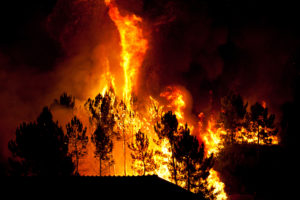Part of the beauty of the Pacific Northwest is the lush forested land that surrounds our homes and communities. This beauty is fragile, as we have learned from seeing the horrifying footage of wildfires from neighboring states and our own Columbia Gorge. Be proactive and educate yourself on the steps you can take to make your home and property more fire resistant!
The Clackamas Soil and Water Conservation District is offering three Keeping your Home and Property Safe from Wildfire workshops this spring:
- February 28: Estacada Community Center
- March 12: Molalla Grange Hall
- April 4: Hoodland Fire Station
To reserve your seat, contact the Clackamas Soil and Water Conservation District at 503-210-6000 or by sending us an email at tguttridge@conservationdistrict.org.
To help avoid wildfires in the upcoming fire season, consider this valuable recommendation from the Clackamas Soil and Water Conservation District.
Reduce Fuels that Make Fires More Destructive and Difficult to Fight!
Vegetation, dead or alive, that allows the fire to climb from the forest floor into the tree canopy is referred to as a ladder fuel. Common ladder fuels for wildfires include invasive weeds such as Himalayan blackberry, Scotch broom, and old man’s beard clematis. It is important to control ladder fuels on forest edges where the fire is often likely to start.
Here are some tips on how to control these invasive weeds:
Himalayan blackberry (Rubus armeiacus) control can be a difficult task. Manual removal can be an effective control option, but it is labor intensive, often difficult, and will need regular follow-up. Manual removal may also cause extensive soil disturbance and may increase erosion. Follow recommendation to replant soon after disturbance.
Due to the difficulties associated with controlling Himalayan blackberry, herbicides are often a component in the management of this species. Carefully read and follow all directions on the manufacturer’s label when using a chemical.
Scotch broom (Cytisis scoparius) control may also be a difficult task. This plant produces numerous seeds that have a hard coat allowing them to survive up to 30 years in the field. For easier removal, pull small plants when the soil is moist, usually between January and May. Manual removal often causes heavy soil disturbance and brings seeds to the surface creating a new generation of growth. Be diligent!
Mowing may also be used but must be repeated at regular intervals to exhaust the plant. Note that mowing equipment can transport seeds if not cleaned before leaving a site.
Old Man’s Beard (Clematis italba) is often found climbing in trees. To control it, separate the vines from the roots by cutting the vine several feet above the ground. Pull or dig all plant parts below your cut and dispose of plant parts to discourage resprouting. Herbicides may also be used, but follow all directions carefully on the manufacturer’s label. To avoid harming pollinators, spray before the plant blooms.
Remember to avoid major weed removal disturbances in the spring and early summer when native birds are nesting and other animals have young offspring.
For more detailed information on invasive weed control methods, visit our WeedWise website or call us at 503-210-6000.


